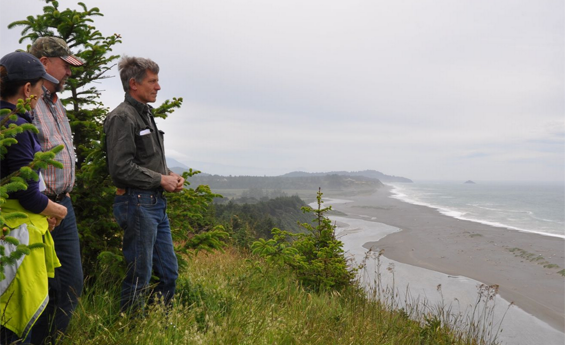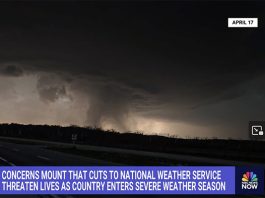
This is the first in a series about the grazing management changes the Wahl family has made and how it has improved soil health and increased animal productivity dramatically. It’s drawn from an article by Robert Hathorne with photos by Tracy Robillard, both of the Oregon Natural Resources Conservation Service. I’ve added the videos they made and suggestions for how you can translate the principles the Wahl’s are using to your own operation.
***************
 Pete Wahl started out as a rancher. Today, he runs a salad bar.
Pete Wahl started out as a rancher. Today, he runs a salad bar.
It started when he sold the tractor two years ago. With it went the tillage equipment and the seed drill.
You can’t very well farm without those. At least that’s what most would think.
But Pete and the rest of the Wahl family have embraced a radical idea. Sheep don’t want more acres to graze, they want better food and more diversity on the acres they’ve got.
The realization led to two major changes in the operation:
1. providing a diverse diet, and
2. keeping the flock on the move.

 A Diverse Diet
A Diverse Diet
To meet their flock’s nutritional needs and save money on hay, the Wahls broadcast a cover crop seed mix onto their pastures. They rely on hoof action from the sheep to work seeds into the soil rather than spending fuel and time to disturb the ground with mechanical seeders.
“All of this is orchard and rye grass, and there’s plantain and chicory. That yellow flower back there is turnip.”

As he names each plant, he plucks a specimen and occasionally samples one. He assembles a bouquet of greens that would impress any salad lover, not least of all the sheep. The idea is diversity. Like people, sheep are healthier and happier with diverse diets. And Pete’s sheep have never been healthier.
“That was the real stunner, the change in health,” Pete says. “It isn’t change in genetics…you can’t change that in 12 months, but the animal health changed that quick. And the consumption of antibiotics and worm medicines – it dropped.” (We’ll cover this more in the next article in the series.)
 The Cost of Pasture Cover Crops
The Cost of Pasture Cover Crops
In this 2 minute video, Pete talks about his investment in cover crops. He says, “It’s expensive, but not as expensive as working ground.”
They started with a lot of variety and not a lot of seed to find out what would work best for them. If they’d just left it alone, they’d likely have 90% orchard grass because it crowds everything else.
Sheep ranching they way they had been doing it, they couldn’t work a lot of ground. With cover crops, they could do the entire place with a cover crop for the cost of seed, a honda and someone to do it. Though it’s an expense, Pete says, “compared to ground work, it’s cheap!”
We’ve covered cover crops and diversity in this first part of the series. Next up – how managed grazing has contributed to improved animal health and productivity, and the profitability of the operation.
Want to read more?
There’s a lot to know about cover crops and we’ve got a lot more for you to read. Click here to visit the On Pasture archives on this topic.
If you have thoughts or questions, please do share them below! Your input will help guide future articles.



